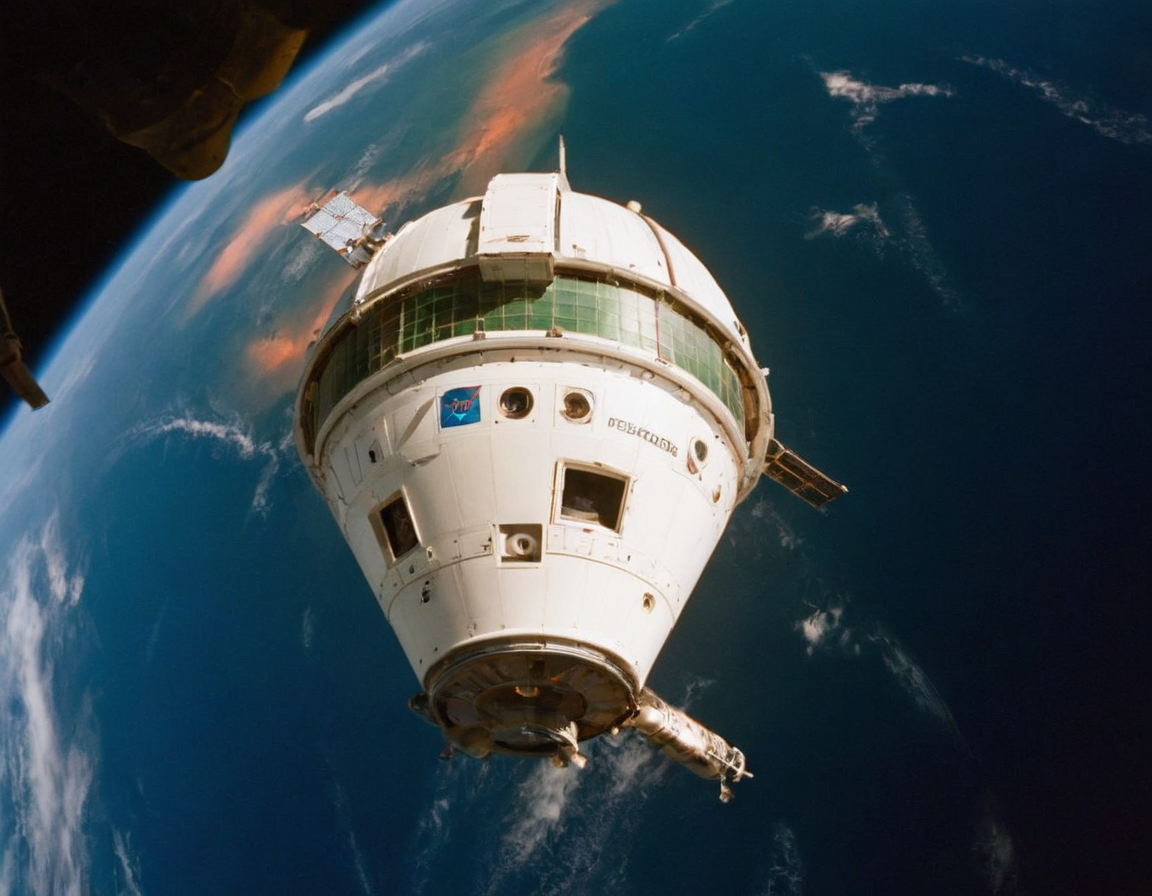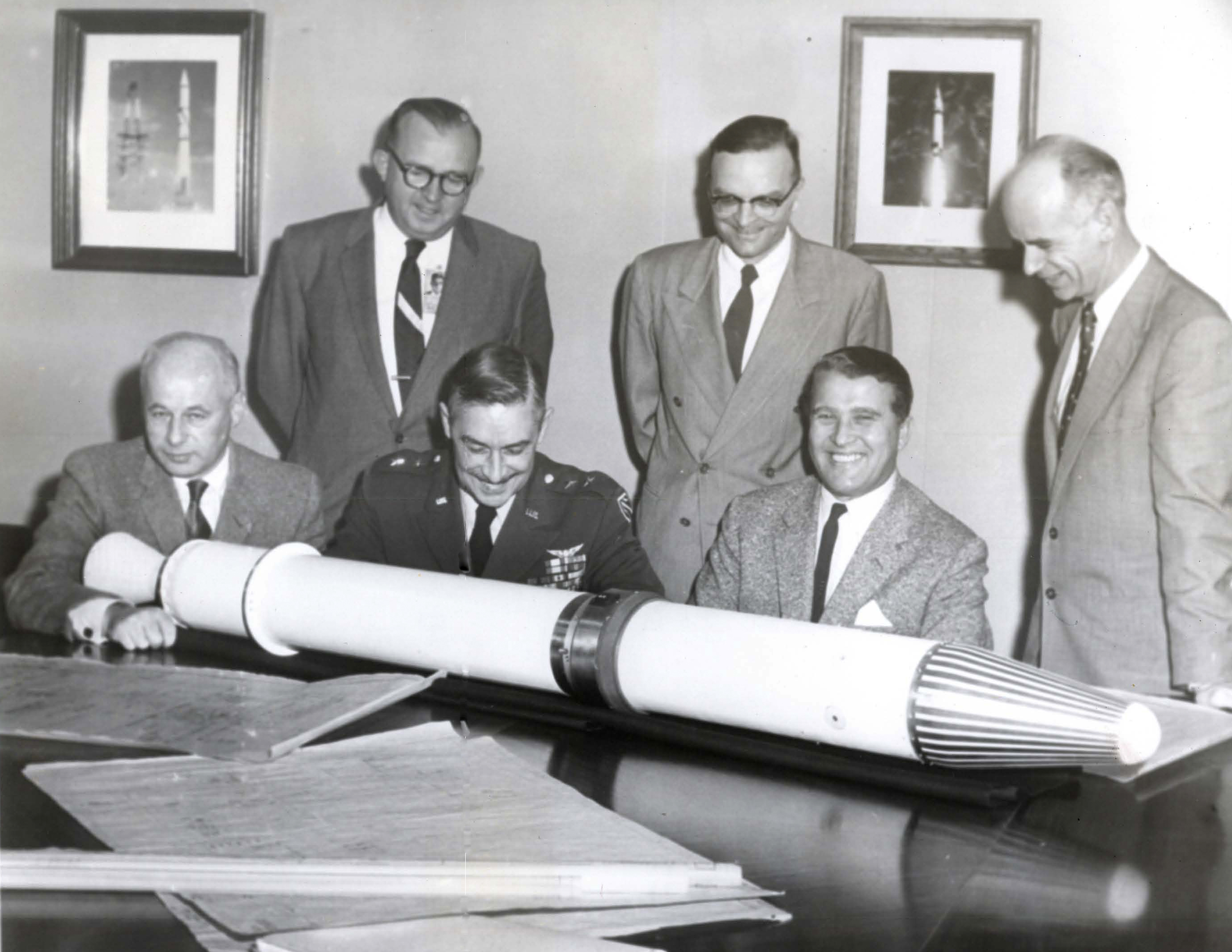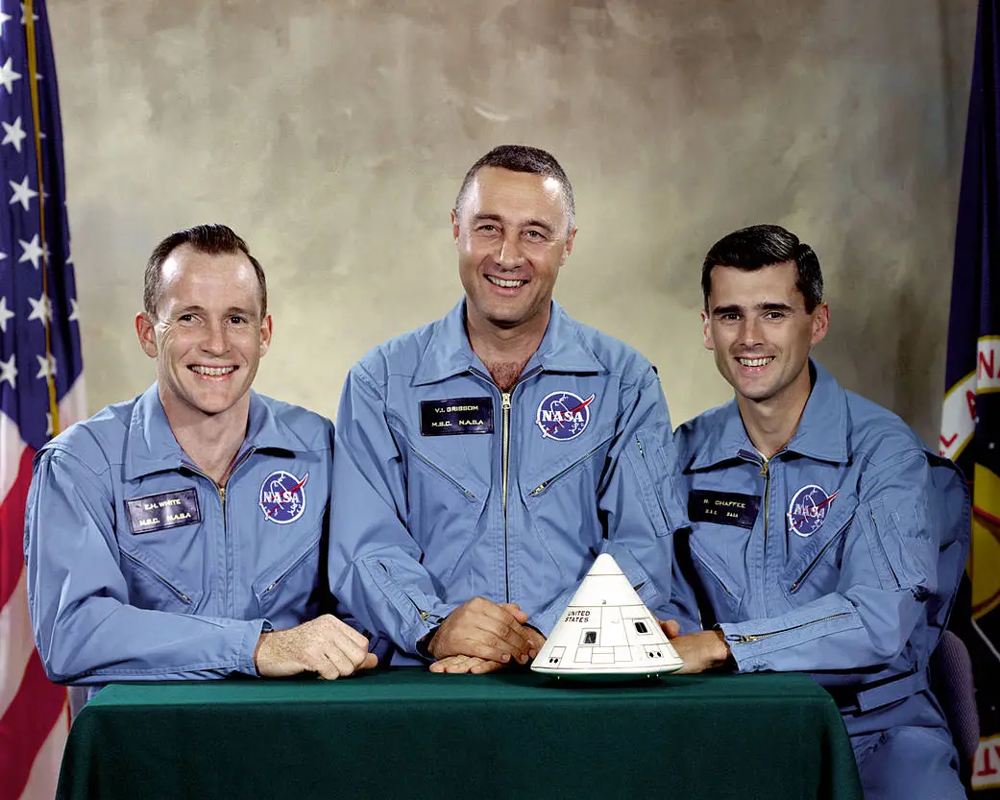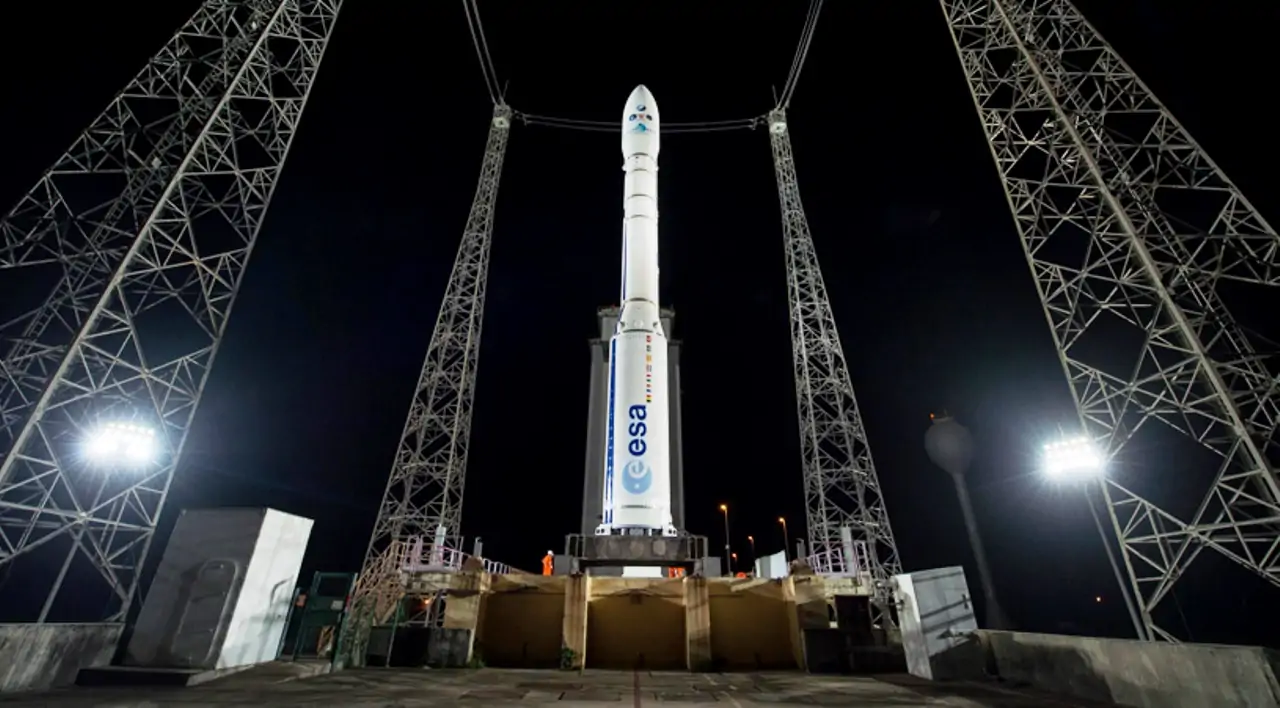· today in space history · 4 min read
The Day Humanity Broke Its Last Tether to Earth
Forty-one years ago, astronaut Bruce McCandless II became the first human to float completely free in space, pushing the boundaries of both technology and human courage
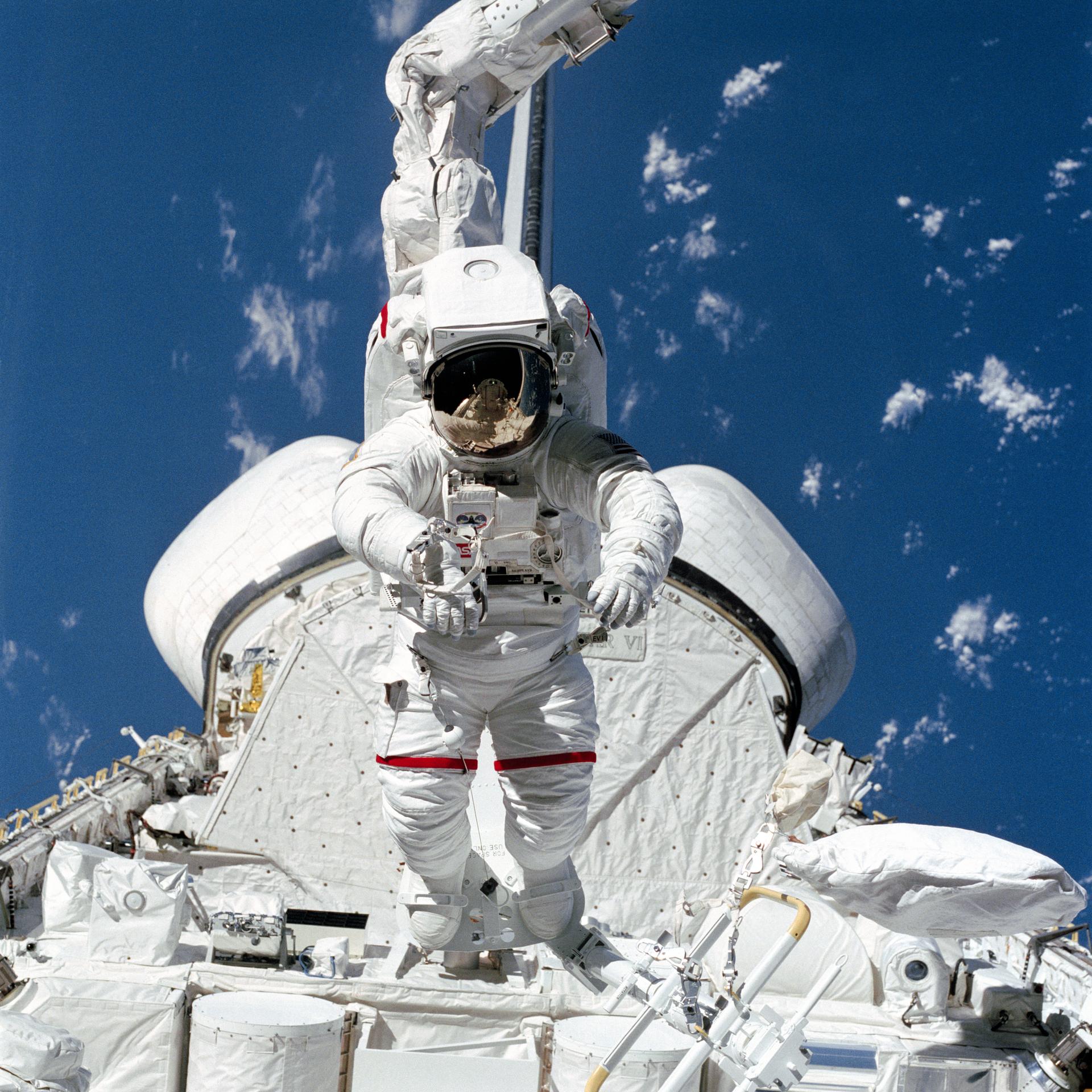
On February 7, 1984, NASA astronaut Bruce McCandless II unclipped his safety tether aboard Space Shuttle Challenger and did something no human had ever done before: he floated completely free in space. Propelled only by his Manned Maneuvering Unit (MMU), a nitrogen-powered backpack, McCandless ventured more than 300 feet from the shuttle’s cargo bay, becoming a human satellite orbiting Earth at 17,500 miles per hour.
Breaking the Final Cable
Until that moment, every spacewalking astronaut had remained physically connected to their spacecraft by safety lines—literal lifelines in the vacuum of space. The development of the MMU promised to change that, but it would take remarkable courage to be the first to test it in actual space conditions. As McCandless later recalled, “It may have been a small step for Neil, but it’s a heck of a big leap for me.”
The Technology That Made It Possible
The Manned Maneuvering Unit represented a triumph of engineering innovation. Weighing 340 pounds on Earth but weightless in space, the MMU used 24 small nitrogen thrusters controlled by joystick-like hand controllers. The system allowed astronauts to control their movement with six degrees of freedom—forward/backward, up/down, left/right, and rotation around three axes. The nitrogen propellant was chosen specifically because it wouldn’t contaminate sensitive satellite components during future repair missions.
A Dance in Space
McCandless’s first ventures from the payload bay were cautious and methodical. Mission Control and his crewmates watched intently as he tested the MMU’s controls, gradually building confidence in the system. Fellow astronaut Robert L. Stewart would also test the unit during the mission, but it was McCandless’s iconic photo—a solitary figure floating above Earth’s blue backdrop—that would capture humanity’s imagination and become one of the most recognized space photographs ever taken.
More Than Just a Test Flight
The demonstration of untethered spacewalking capability wasn’t just for show. NASA had ambitious plans for the technology, particularly in satellite servicing. The ability to maneuver freely around spacecraft would prove crucial for future missions, including the planned repair of the Solar Maximum Mission satellite. The MMU would give astronauts unprecedented access to satellites needing repair or adjustment, expanding humanity’s ability to maintain and service orbital infrastructure.
Engineering Challenges and Solutions
Creating a backpack that could safely propel astronauts in space required solving numerous technical challenges. The MMU needed to be precisely balanced to prevent unwanted rotation, simple enough to control in high-stress situations, and absolutely reliable—there would be no second chances in space. The final design incorporated redundant systems for every critical component, ensuring that no single failure could leave an astronaut stranded.
Legacy and Impact
The successful demonstration of untethered spacewalking marked a significant milestone in human spaceflight. While the MMU would only fly on two more shuttle missions before being retired—largely due to changes in NASA’s risk assessment after the Challenger disaster—the technology and procedures developed for these untethered EVAs continue to influence modern spacewalk planning and equipment design.
Today’s astronauts on the International Space Station still use many of the insights gained from the MMU program, even though they remain tethered during spacewalks. The legacy of that first untethered EVA lives on in improved spacewalking tools, procedures, and training methods.
Looking Forward
As humanity prepares for a return to the Moon and eventual missions to Mars, the lessons learned from McCandless’s historic flight remain relevant. Future astronauts working on lunar bases or maintaining spacecraft headed to Mars may need similar capabilities for maneuvering in space. The courage shown by McCandless and Stewart in testing this technology helped establish that humans could indeed work effectively while floating free in space, paving the way for even more ambitious exploration to come.
The image of a solitary human floating in the vast expanse of space continues to captivate our imagination, reminding us that even as we push the boundaries of exploration, we remain tethered not by physical cables but by our connection to Earth and our shared journey into the final frontier.
For more information about the STS-41B mission, visit NASA’s mission page.

Theodore Kruczek


